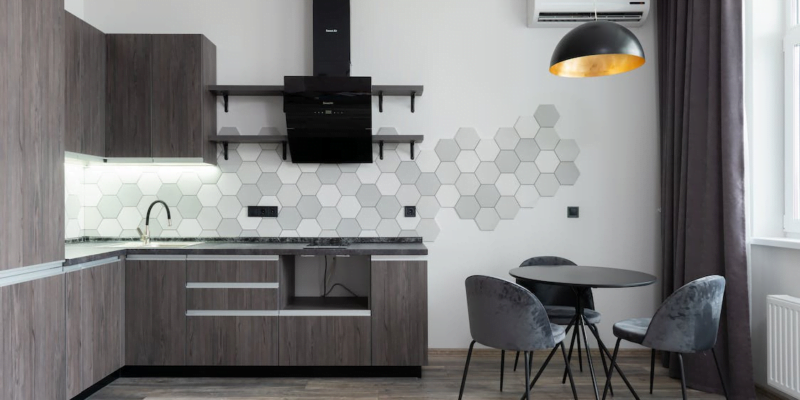Whether you’re a new homeowner or a long-time resident, it’s natural to have questions about your HVAC system. After all, this complex network of ductwork and machinery keeps you comfortable all year.
To help you out, here’s a compiled list of answers to some of the most frequently asked questions about HVAC systems. However, you can still seek HVAC services in Butler or near you if you have more questions.
How Often Should You Change the Air Filter?
Ideally, you should replace the air filter every three months. Doing this makes the system run more efficiently and prevents the spread of airborne contaminants. Filters eliminate dust, pollen, and other airborne particles that make breathing difficult.
Clogged filters make the system work harder, increasing energy costs. Because dirty filters are not as effective as they should be, harmful particles can get into the system parts, such as the evaporator coils and blower motor. Keep checking the filters monthly and clean or replace them when they get dirty.
Why Is the Furnace Not Blowing Enough Heat?
If your furnace isn’t blowing enough heat, check if the thermostat is set to “HEAT” and not “COOL.” Also, check if the temperature is set high enough. If the furnace still doesn’t come on, it could be that the pilot light has gone out.
In this case, relight it. If the pilot light keeps going out, there could be a problem with the gas valve. Call a technician right away. Other issues are a clogged filter or a faulty blower motor.
What Are the Benefits of Programmable Thermostats?
Programmable thermostats are beneficial because they regulate the temperature in your home, saving you money on energy bills. The thermostat minimizes energy waste by automatically adjusting the temperature when you’re away or asleep. It also makes it easy to maintain a comfortable temperature at all times.
A better option is a smart thermostat, controlled using a mobile app. You’ll save even more money on energy bills as the thermostat will automatically adjust the temperature based on your daily schedule.
There’s a Leak In The Ductwork
Signs of leaks in the ductwork are higher energy bills, uneven heating, and cooling, and some rooms being stuffy while others are too cold. If you notice any of these, it’s best to call a technician immediately. Leaks cause the system to work harder, leading to more wear and tear and higher energy bills. They’re due to poor installation, loose connections, or holes in the ductwork.
What Temperature Should You Set the Thermostat in The Winter
Knowing the temperature ranges to set the thermostat in winter avoids wasting energy and keeps you comfortable. If you’re comfortable at 70 degrees, there’s no need to set it lower. Setting it too low can be unhealthy and dangerous, especially for young children and the elderly. A good range to aim for is between 68 and 72 degrees.
To maintain the desired temperature without overworking the HVAC, seal all the gaps and cracks that let in cold air. Also, ensure that the vents are secured by furniture or curtains.
Regular Maintenance is Crucial
Keep these questions in mind the next time you have an issue with your HVAC system. You can also carry out regular maintenance to prevent most of the problems in the first place. However, don’t hesitate to seek a professional HVAC services provider if you need further assistance.













Comments